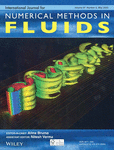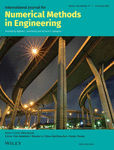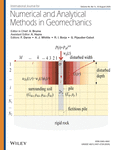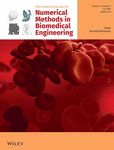Journal list menu
Export Citations
Download PDFs
ISSUE INFORMATION
LETTER TO THE EDITOR
Comment on the Paper “A Two-Stage Reliable Computational Scheme for Stochastic Unsteady Mixed Convection Flow of Casson Nanofluid, Yasir Nawaz, Muhammad Shoaib Arif, Amna Nazeer, Javeria Nawaz Abbasi, Kamaleldin Abodayeh, International Journal for Numerical Methods in Fluids 2024;96:719–737”
- Page: 675
- First Published: 28 November 2024
RESEARCH ARTICLE
A Practical Approach to Time-Varying Inflow Simulation and the Influence on Intermittent Airflow Within Urban Street Canyons
- Pages: 676-691
- First Published: 07 January 2025
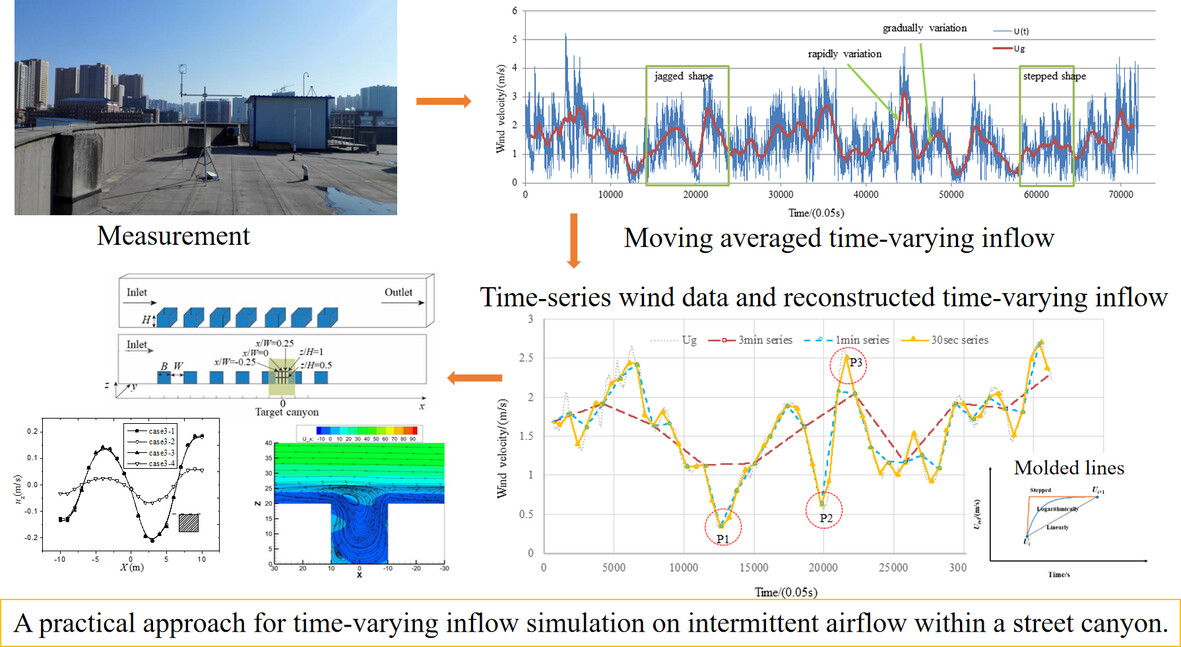
The suggested practical approach for time-varying inflow simulations is to obtain time-series wind data with a time interval of 1 min or less, and the linearly molded line would be critical; for larger time intervals, reasonable molded lines would be required. The required time series of inflow wind velocity could be collected on a varying curve of the moving averaged measured data.
Wetting and Drying Treatments With Mesh Adaptation for Shallow Water Equations Using a Runge–Kutta Discontinuous Galerkin Method
- Pages: 692-712
- First Published: 07 January 2025
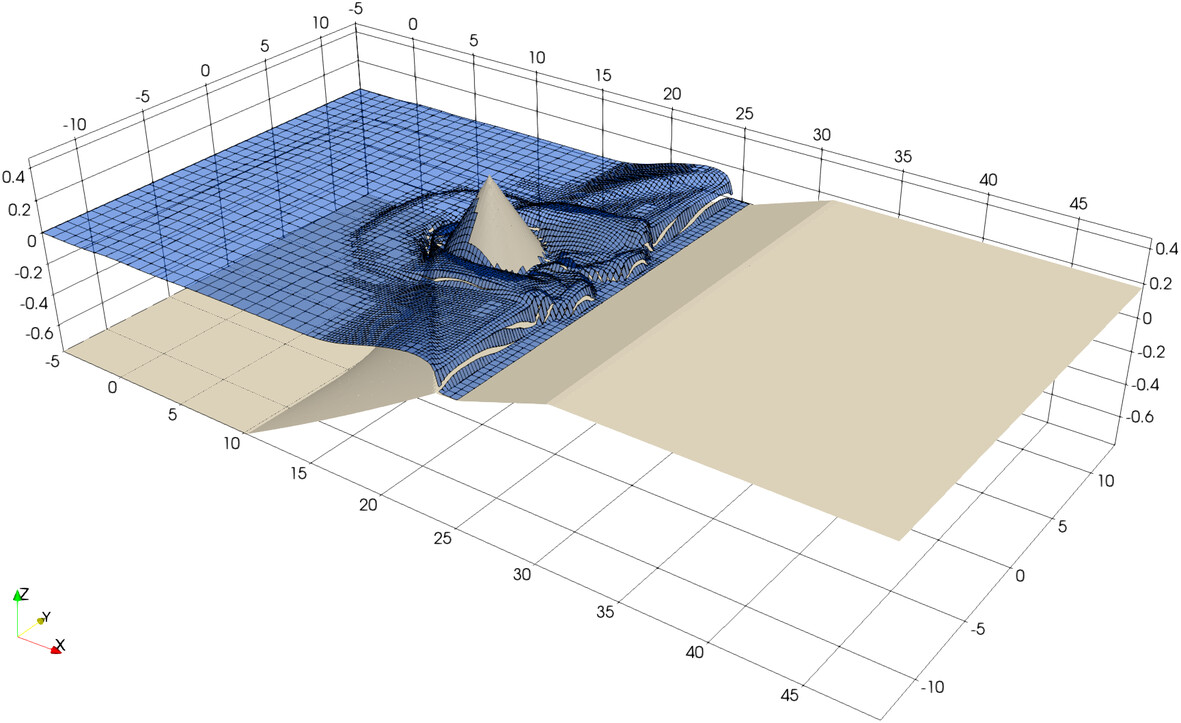
In this paper, Shallow Water Equations involving dry areas and a moving shoreline are solved using the Runge–Kutta Discontinuous Galerkin approach. Problems with dry areas are considered. Hence, three drying treatments based on Slope Modification, p-adaptation, extended Finite Element methods, and mesh adaptation are compared and tested with numerical and experimental benchmarks.
Direct Numerical Simulation and Implicit Large-Eddy Simulation of Shock Train in Channel Flow Using High Order Optimised Targeted Essentially Non-Oscillatory Schemes
- Pages: 713-735
- First Published: 10 January 2025
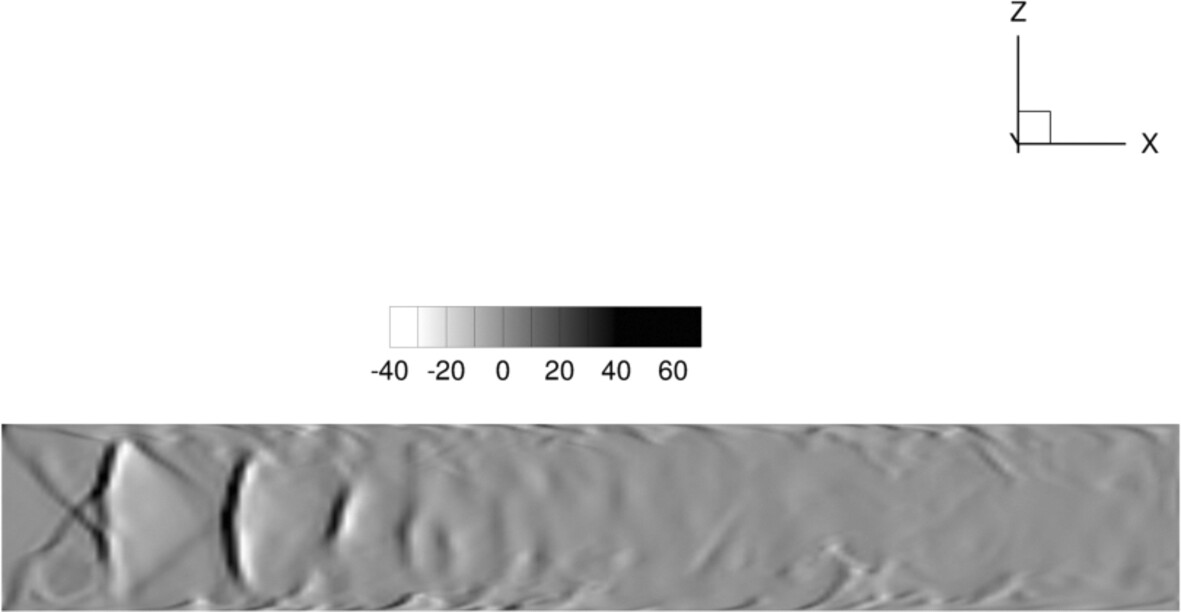
Direct numerical simulation and implicit large eddy simulation of shock train in a channel flow is performed using a high-order optimized TENO scheme. The DNS results are compared and are found to be better compared to those obtained using bandwidth-optimized WENO scheme. The TENO scheme is found to be suitable for performing implicit LES of this flow.
A Filtered Embedded Weighted Compact Non-Linear Scheme for Hyperbolic Conservation Law
- Pages: 736-764
- First Published: 11 January 2025
A Finite Element Method to Compute the Damping Rate and Frequency of Oscillating Fluids Inside Microfluidic Nozzles
- Pages: 765-782
- First Published: 11 January 2025
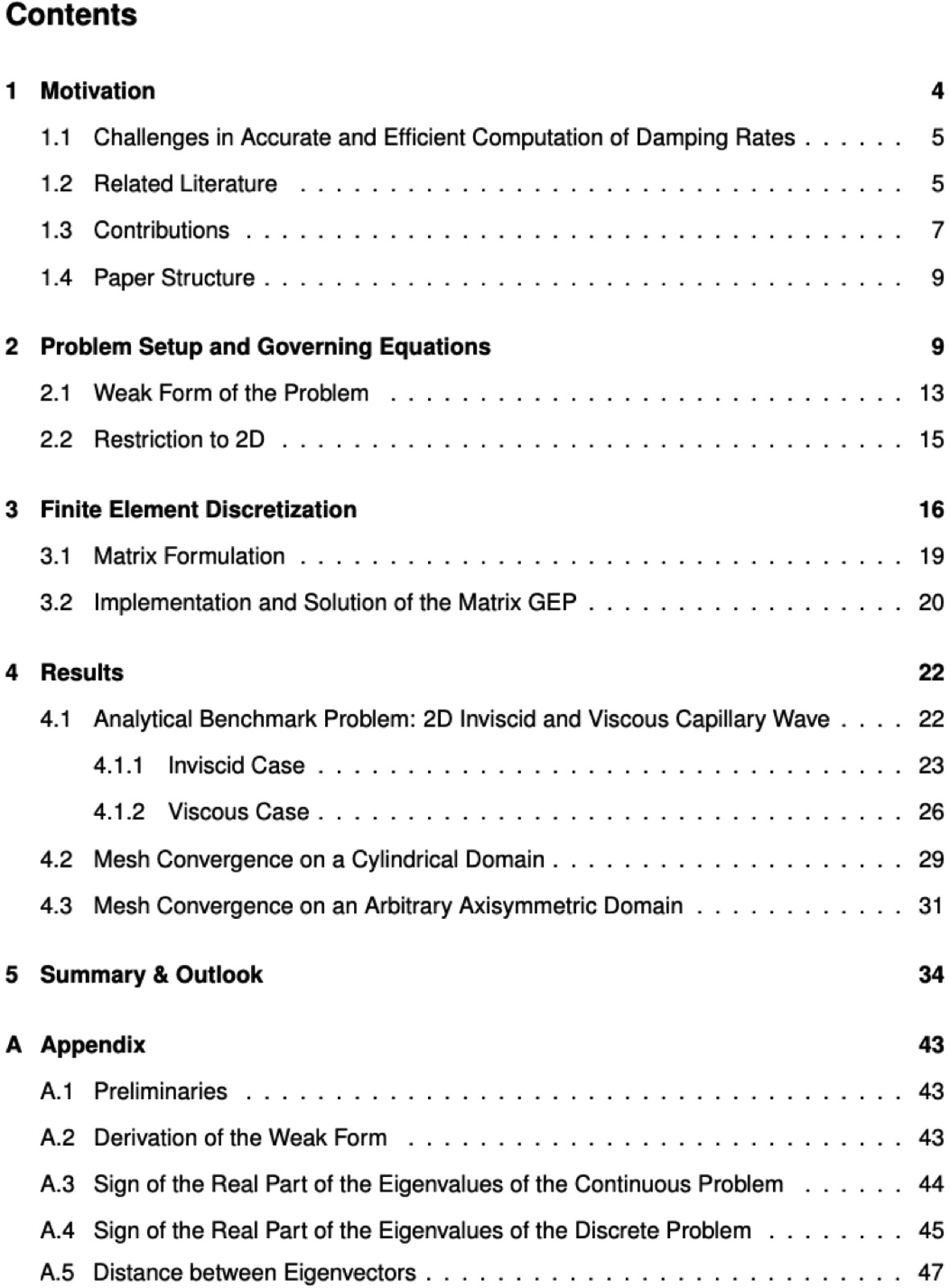
We introduce a finite element (FE) method for computing the damping rate and frequency of an oscillating fluid with a free surface in the limit of small viscosity and high surface tension. The method is orders of magnitude (minutes compared to days) faster than CFD simulations that struggle to accurately predict meniscus damping in this regime. We reproduce the results of an analytical benchmark problem and demonstrate convergence of the FE method on examples with axisymmetric geometry.
Deep Learning Method for Airfoil Flow Field Simulation Based on Unet++
- Pages: 783-794
- First Published: 15 January 2025
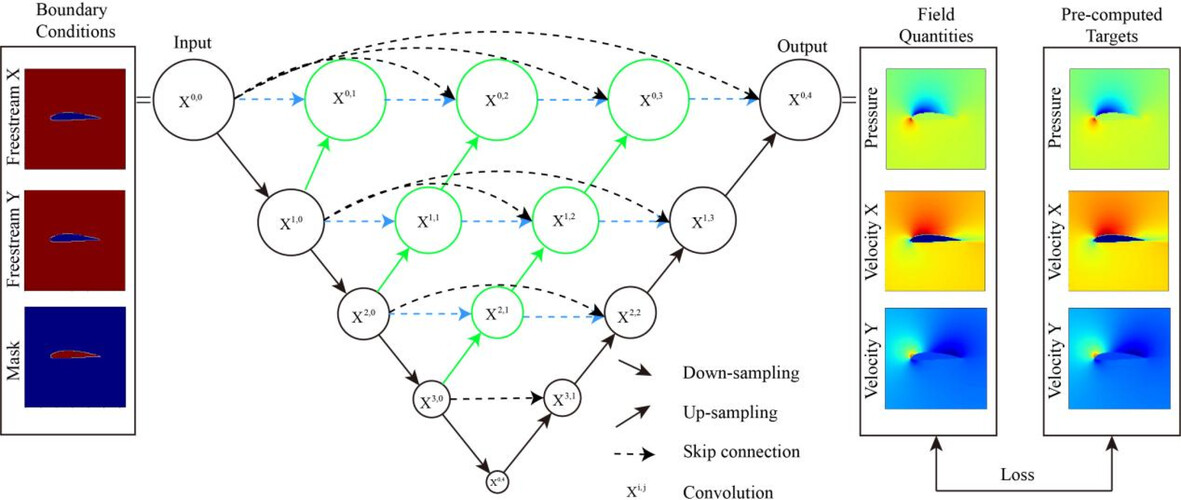
- UNet++ Networks: Utilized for predicting RANS solutions.
- Symbolic Distance Function (SDF): Used for geometry and flow condition representation.
- Parameterization: Based on UIUC airfoil data sets.
- Performance Evaluation: Assesses trained networks' accuracy in pressure and velocity predictions.
- Optimal Model: Achieves mean relative errors < 1.72% for unseen wing shapes and with a computational speedup factor of up to 1,000× in certain scenarios.
- Significance: Demonstrates deep learning's potential in aerodynamic design and optimization
An Implicit Scheme for Least-Square Gradient in Coupled Algorithm
- Pages: 795-819
- First Published: 28 January 2025
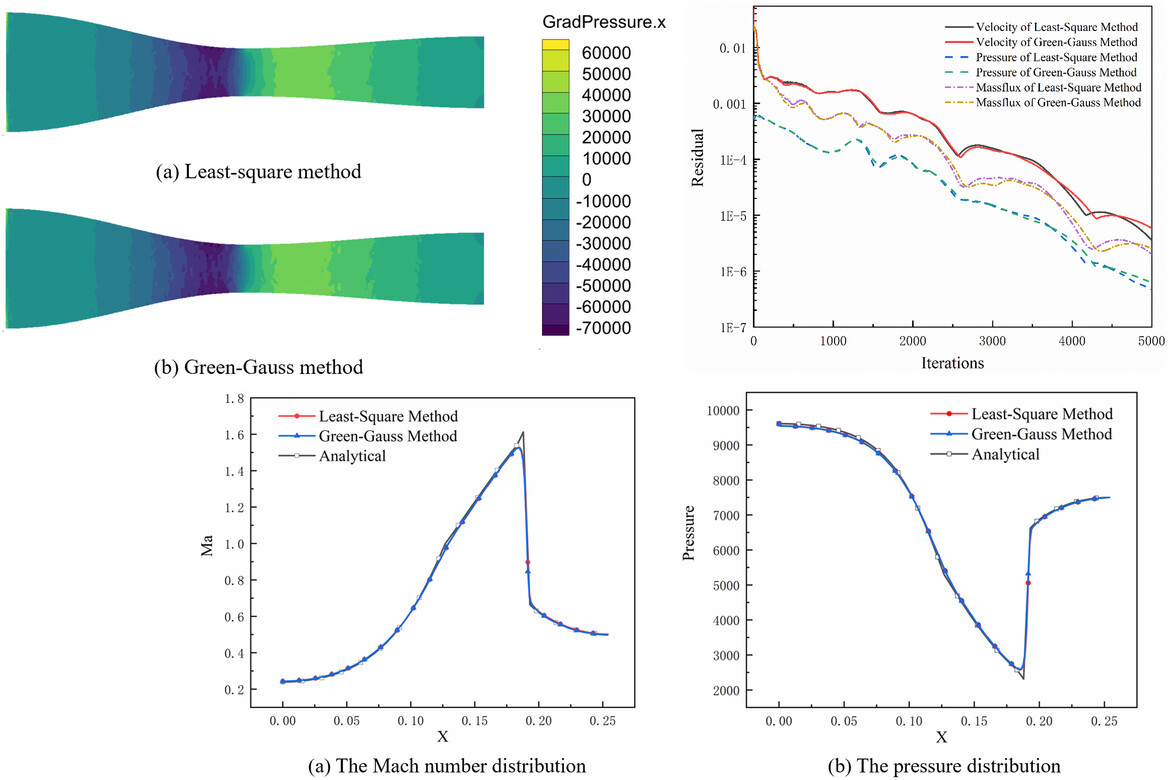
This paper proposes an implicit scheme that uses the least-square method to compute the pressure gradient term in the momentum equation, primarily for coupled algorithms. The findings demonstrate that, in most cases, the least-square method offers superior accuracy and convergence rates compared to the Green-Gauss method. The figure shows the results of the subsonic nozzle flow case computed by both methods on a low-quality grid.
Extension of High-Order Lattice Boltzmann Flux Solver for Simulation of Three-Dimensional Compressible Flows
- Pages: 820-829
- First Published: 28 January 2025
An Inertia Correction Scheme for Hydrodynamic Lubrication Problems
- Pages: 830-839
- First Published: 30 January 2025
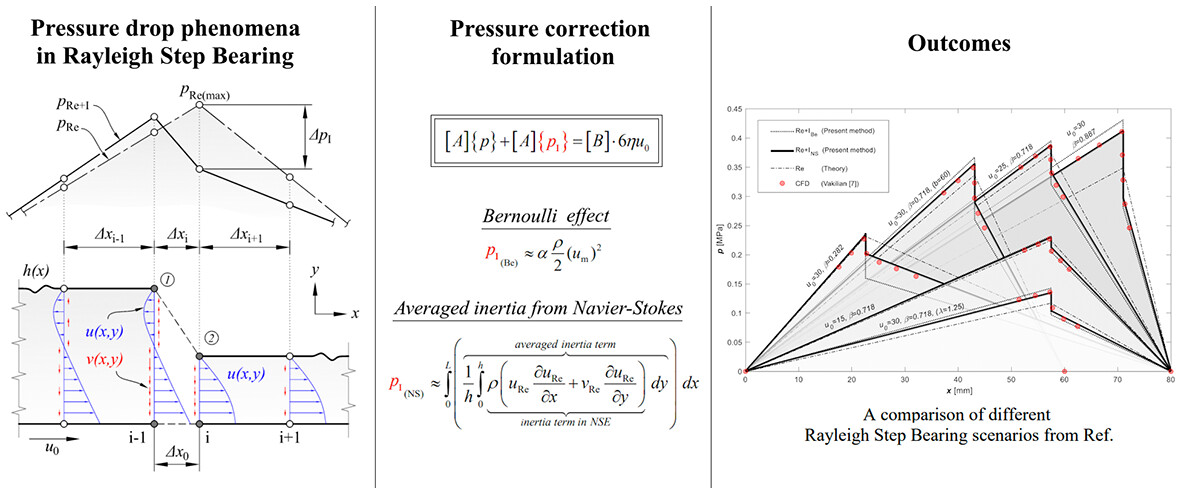
A new numerical approach for accurately calculating the bearing pressure distribution in hydrodynamic lubrication problems, including convective fluid inertia and film discontinuities is presented. Two approaches to estimating the pressure correction due to fluid inertia are discussed: the Bernoulli effect and the averaged inertia. The results for various operating conditions, especially by employing the average fluid inertia method, are found to be identical to the full Navier–Stokes (CFD) results and expands the computational limits of Reynolds lubrication theory alternative to CFD.
A Low-Dissipation Hybrid Fourth-Order Center-Upwind WENO Scheme With Virtual Sub-Stencil for Compressible Flows
- Pages: 840-853
- First Published: 03 February 2025
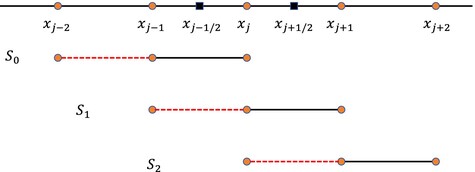
The paper proposes a new fourth-order centre-upwind WENOscheme, which decomposes the sub-template of the fifth-order WENOformat into two two-point sub-templates, one of which is a virtual sub-template and the other is a real sub-template. The scheme controls the selection of the virtual sub-template by introducing a switching function, which enables it to flexibly switch between the centre scheme and the upwind WENO scheme under different flow field conditions, thus effectively reducing the numerical dissipation and maintaining the accuracy.
Predicting Energy Budgets in Droplet Dynamics: A Recurrent Neural Network Approach
- Pages: 854-873
- First Published: 05 February 2025
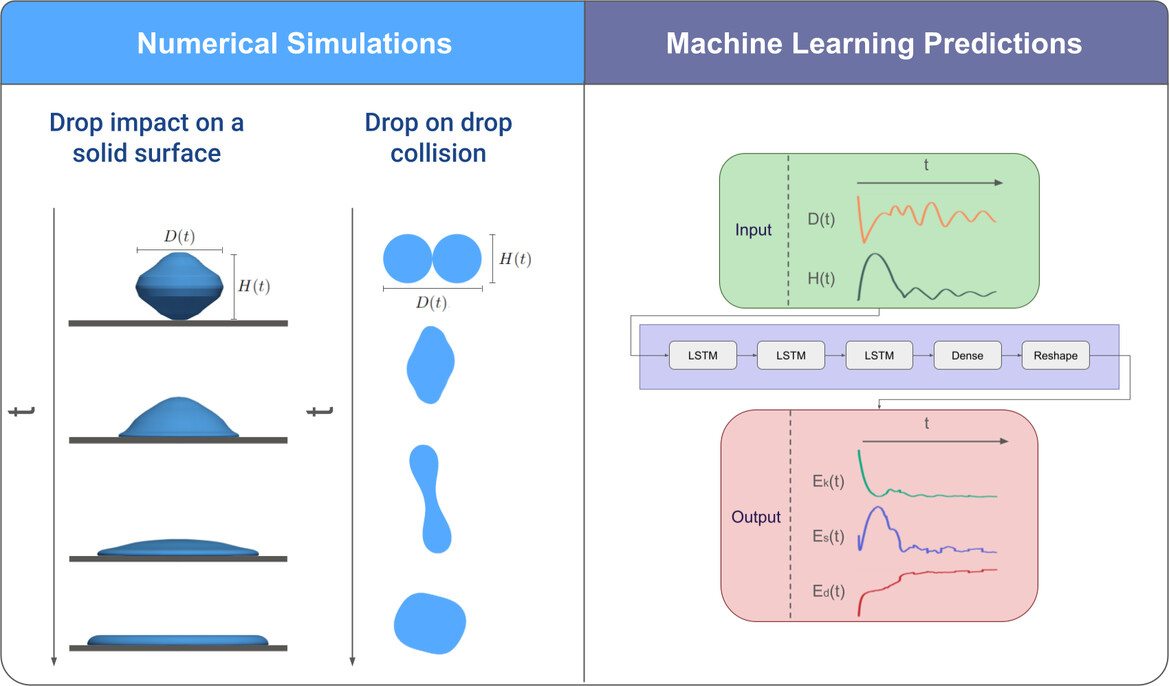
We have adopted the Long Short-Term Memory (LSTM) architecture with geometric inputs which learns a mapping to predict the transient variation of the energy budget in two different droplet dynamic scenarios: Droplets with distinct initial shapes impacting with solid surfaces and the coalescence of two droplets following collision. In addition, we have developed a method designed to extract front-tracking particles from interfaces in digital images. Using this method, we were able to numerically simulate droplet shapes from real experiments.




